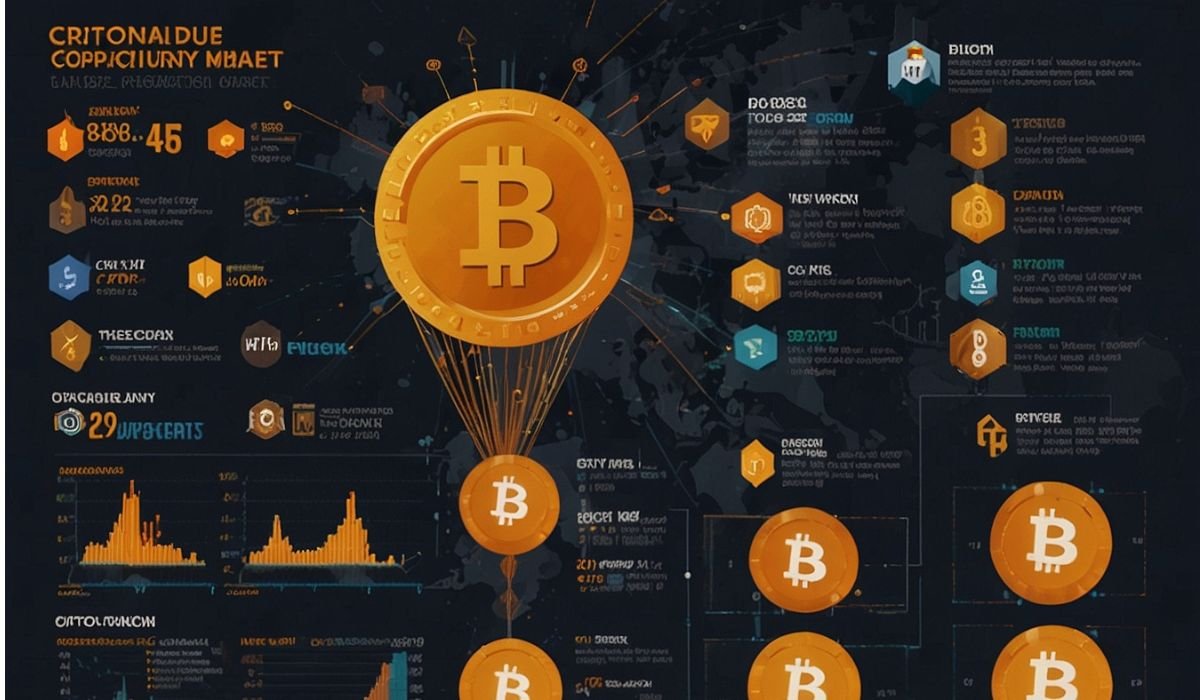Why Quick Wins Keep Stealing Your Future Wins
Instant gratification is the brain’s way of voting for now. It loves the thrill of a package arriving tomorrow, the glow of a new gadget, and the sweet relief of not having to wait. That quick reward crowds out the slower rewards that matter more, like a growing savings account or the feeling of money calm at the end of the month. When the present keeps winning, your future pays the bill.
Instant access to almost everything makes the impulse even stronger. One tap and something shows up at your door. One swipe and a new subscription starts. One search and fast money options appear, including offers for a title loan completely online. The tools are not villains by themselves, but the speed of yes can quietly work against your savings if you do not add a few smart speed bumps.
See the Tug of War Between Two Clocks
You run on two clocks. The fast clock wants relief and novelty. The slow clock wants progress and stability. Saving belongs to the slow clock because it grows in small, steady steps. If the fast clock decides most of your days, the slow clock never gets a turn. Your job is not to crush the fast clock. It is to give the slow clock a fair chance by designing tiny delays that make thinking easier.
Name Your Most Expensive Triggers
Everyone has a couple of moments when spending jumps the fence. Maybe it is a bored evening with your phone, a rough day at work, or a sale countdown timer. Write down your top three triggers like you would log food on a fitness plan. You are not judging yourself. You are collecting clues. Once you see the pattern, you can place guardrails where they matter.
Turn Seconds of Pause Into Dollars of Savings
The first line of defense is a simple pause rule. Before any purchase over a set amount, take one minute to ask three questions. Will I still want this in a week. Do I already own something that does the same job. If I buy this, which savings transfer will I skip. If you answer honestly, you will still buy some things. You will also catch a surprising number of almost purchases that never needed to happen.
Make Saving Easier Than Spending
If saving requires ten steps and spending takes two, spending will keep winning. Flip that script. Automate a small transfer to savings the morning you get paid so money moves before you see it. Keep one bill due the day after payday so you handle essentials with fresh funds. If you need a straightforward plan for this, the Consumer Financial Protection Bureau has practical tools you can print or use online. Start with the CFPB guide to budgeting basics and worksheets and set up a schedule that fits your pay cycle.
ALSO READ: The People Powering Today’s Most Critical Health Decisions
Design Your Spaces to Nudge Good Choices
Environment design is an underrated money tool. Remove saved cards from shopping sites. Move tempting apps off your home screen. Keep a list of free or low-cost activities on your fridge so there is always a pleasant alternative to buying entertainment. Put a small jar near the door for impulse cash back. Every time you skip a small purchase, drop a few dollars in the jar or transfer it in your banking app. You are training your brain to associate restraint with a little reward.
Use Micro Delays for Big Decisions
Large money moves deserve a longer runway. If you are considering new debt, build a forty-eight-hour buffer by default. During that window, write a short plan that includes the total cost, the payoff date, and what you will give up to make room in your budget. If the move still makes sense after the buffer, you will proceed with a clear head and a better repayment plan. The point is not to say no to everything. The point is to turn impulse into intention.
Give the Fast Clock Something to Do
You do not need to quit fun to save more. Create a small play fund that you are free to spend every month without guilt. Ten dollars a week can cover a coffee with a friend or a new eBook from the library sale. When your fast clock has a healthy outlet, it is less likely to raid your emergency fund. Pair this with one or two planned treats each month so delight is scheduled rather than improvised on a credit card.
Replace Mindless Scrolling With Tiny Restorers
A lot of impulse spending begins with boredom or stress. Swap the cue. When you feel the urge to browse and buy, turn to a list of tiny restorers that change your state without costing money. Step outside for a five minute walk. Do ten deep breaths. Tidy the nearest surface. Text a friend a quick hello. These moves redirect the moment and give the slow clock time to speak up.
Track One Honest Number Every Week
Data helps, but too much data turns into noise. Pick one number to track on Sundays. Free cash flow is a great choice. It is what remains after essentials and minimum payments. If the number is rising, your choices are working. If it dips, review where instant decisions crept in and design a new speed bump for that spot. This weekly ritual keeps you accountable without drowning you in spreadsheets.
Learn the Psychology to Beat the Urge
Understanding why instant gratification feels powerful makes it easier to manage. Research shows that willpower acts like a muscle that tires, and that small rests and smart routines can help it recover. The American Psychological Association offers a plain language overview of how self control works and how to strengthen it. If you are curious, read the APA introduction to willpower and self control and try one or two ideas this week.
Make Friends With Future You
People save more when the future feels real. Give future you a face and a voice. Name a short term goal that matters, like taking a family day trip without using a card or paying for a class next season. Put a picture or a short note where you will see it often. When you skip a purchase, tell yourself exactly what future you gains. I am passing on this jacket so I can register for that course in March. The clearer the trade, the easier the choice.
Create a Friction Budget
Not every purchase needs the same hurdle. Build a friction budget with three levels. Green light for small daily needs that keep life running. Yellow light for wants that cost more and deserve the one minute pause. Red light for anything that creates or increases debt. Red light choices must wait forty eight hours and come with a written plan. This little system turns vague discipline into a simple rule you can follow on busy days.
Celebrate Boring Wins
Saving often feels quiet. That is the point. Celebrate the boring wins so your brain learns to enjoy them. Take a screenshot when your balance crosses a small milestone. Tell a friend when you skip a purchase you would have made before. When the reward centers in your brain link saving to satisfaction, instant gratification has less power.
Closing Thought
Instant gratification is not an enemy to defeat. It is a signal to design around. By adding small pauses, automating good moves, and giving your fast clock healthy outlets, you let the slow clock build the life you actually want. Use a weekly check in, learn a bit about the psychology behind urges, and stack tiny wins until saving feels natural. The quick yes will always be there. With a few smart habits, your steady yes to the future will speak louder, and your savings will prove it.
YOU MAY ALSO LIKE: Blow Up Ratio Explained: Key to Perfect Plastic Bottles











